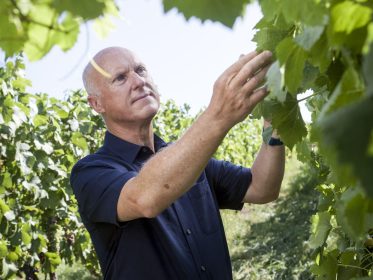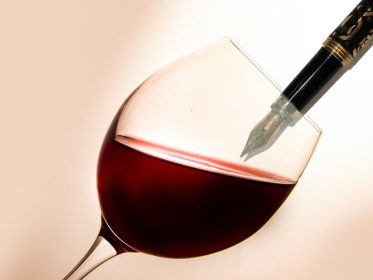From Gatekeepers to Storytellers: Moving Beyond the Score in Wine Writing
In the world of wine, scores and evaluations from journalists and critics have long served as veiled guides to uncovering the next exceptional bottle, assisting everyone from casual drinkers to seasoned connoisseurs. However, beneath the polished reviews, a rising wave of debate is emerging. Increasingly, voices within the wine community are not only challenging the traditional practices of wine journalism but also questioning the broader approaches to wine evaluations that are published. Are these evaluations truly unbiased and objective, or do they merely perpetuate well-known wine myths?
As we navigate this discourse, there is a growing demand for more inclusivity and a wider range of voices able to express their opinions authentically. This movement calls on the industry to embrace diverse perspectives and challenge conventional norms. However, let’s be clear: It is crucial to differentiate between professional evaluations conducted by experts and those offered by influencers of various ranks.
But the main question here is the following: Are we ready to address these challenging issues and move beyond just celebrating renowned labels and big names? Embracing this change could revolutionize wine journalism and criticism, making it a more genuine reflection of the rich and diverse world of wine.

Supporting this call for change, in September 2024, Oliver Styles, a contributor for Wine-Searcher, pinpointed a concerning trend in his article ‘Putting an End to Perfect Wine Scores’. He observed that the field of wine journalism has become stuck in a repetitive cycle of widely accepted ideas, harmful to the community’s growth. Oliver argues that the common practice of awarding near-perfect scores too frequently reflects the critic’s personal brand and the wine’s market reputation rather than its intrinsic quality. This trend towards high scoring, particularly in the narrow range between 95 and 100, suggests an environment where scores serve marketing more than genuine assessment.
Moreover, Styles notes that the practice of evaluating wines through blind tastings is declining among recognized wine critics, possibly because these tastings can expose ‘uncomfortable truths.’ Knowing the identity of the wines they are scoring, critics might allow their past experiences with a brand or vineyard to sway their scores. This practice undermines objective assessment and can lead to inflated scores for well-known or expensive wines, irrespective of the actual quality of the vintage or batch. This development results in a homogenization of critical opinions on wines, diminishing the vibrancy and depth of wine journalism.
Styles’s commentary underscores a broader issue: the potential for wine criticism to become homogenized, losing the bold, individualistic assessments that once sparked lively debates and led consumers to discover truly remarkable wines. Furthermore, as blind tastings become increasingly rare, the chance for unexpected results and genuine discoveries diminishes. To counter these trends, Styles advocates for a return to more honest, unfiltered criticism where mistakes and surprises are embraced rather than smoothed over. Such an approach would not only make wine writing more engaging but also restore integrity to wine criticism, ensuring it serves as a guide for discovery rather than merely a rubber stamp for established names.
By addressing these issues, wine journalism can aim to recapture its essential role in the cultural landscape of wine, not just celebrating the wines themselves but also illuminating the rich, varied experiences they offer to drinkers worldwide. It also helps navigate and provide true insights for those who seek them.
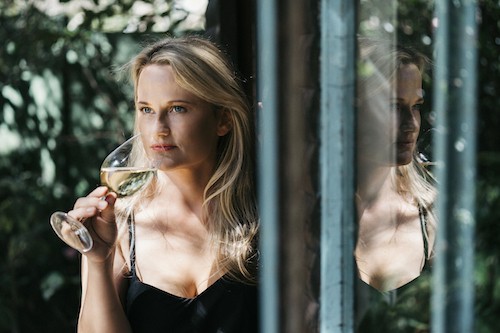
As Oliver Styles points out the declining relevance of traditional wine scoring and the need for a fresher perspective in wine journalism, Malu Lambert, in her compelling article titled ‘The Echo Chamber: Reinventing Wine Journalism,’ independently addresses similar issues from her perspective in South Africa. Lambert critiques the wine journalism industry for its formulaic nature and reliance on a limited group of influential voices, which she argues blocks innovation and diversity in reporting. She believes the industry has become an echo chamber, predominantly amplifying established names and narratives while neglecting emerging voices and fresh perspectives, a sentiment that resonates with Styles’s observations.
Lambert argues that this restrictive focus not only diminishes the richness of wine culture but also fails to serve the consumer, who seeks diverse and authentic experiences. Highlighting the tendency of wine journalism to revolve around high-profile critics whose scores heavily influence market trends and consumer choices, Lambert stresses that this approach often overshadows smaller, yet innovative winemakers who challenge the conventions of traditional viticulture.
Proposing several reforms to revitalize wine journalism, Lambert emphasizes the importance of diversifying sources and advocates for highlighting opinions from a broader array of critics, particularly those from underrepresented regions. Like Oliver, she calls for more blind tastings to ensure that evaluations focus purely on the quality of the wine itself, rather than on the reputation of its producer or origin. Lambert also highlights the need for storytelling that encompasses the full spectrum of the wine experience – from vineyard trials to the impact of climate change and the ingenuity of new winemaking techniques. These changes, she believes, would provide a more comprehensive view of the wine world, enhancing the authenticity and depth of wine journalism.
By addressing these issues, Lambert echoes the broader industry’s call for a shift towards more genuine and insightful wine journalism. Her critique and proposed changes underline the necessity for wine journalism to evolve, ensuring it remains relevant and reflective of the diverse and dynamic nature of the wine world today.

The issues raised by Oliver Styles and Malu Lambert about the need for changes in wine journalism are also shared by another prominent voice, Fabio Piccoli. In an editorial for The Italian Wine Girl, Piccoli laments the state of wine journalism, which he argues has been reduced to mere regurgitations of press releases, lacking in the investigative rigor necessary for true journalistic integrity. He shares the disappointment felt by Styles and Lambert over the scarcity of critical voices willing to highlight the industry’s flaws to foster improvement.

Further supporting this growing call for reform, Meg Maker, during a panel discussion titled “We Need to Talk About Wine,” emphasized the need to transition from “gatekeeping” to “gate opening” in wine journalism. She advocated for evolving the language used in wine descriptions to make it more inclusive and accessible to new audiences. This push for inclusivity was highlighted as a means to expand the scope of wine journalism to include a broader, more diverse audience, aligning with the observations of both Lambert and Styles.
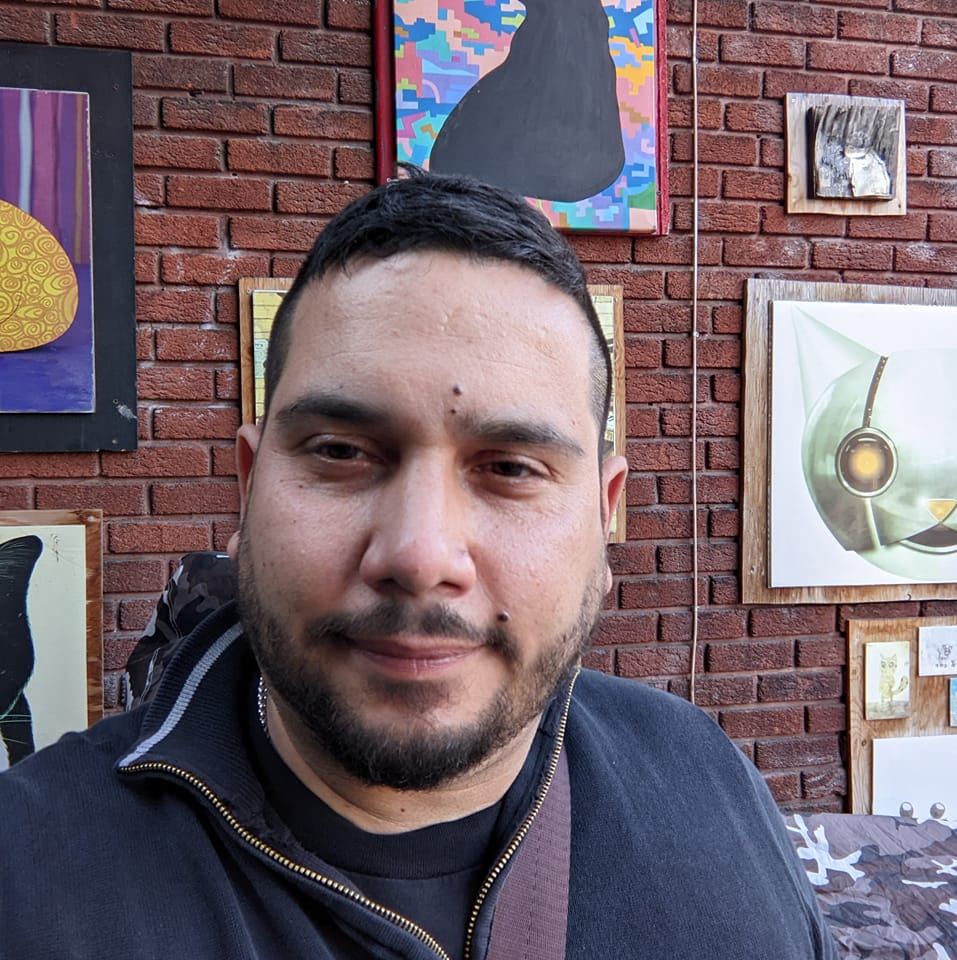
These discussions collectively underscore a critical reflection within the wine journalism community about its current state and future direction. In his wine essay “The Influence of Wine Critics on Today’s Wine Industry,” Marco Giovanetti discusses how the traditional influence held by wine critics like Robert Parker is being challenged by newer forms of media. This shift is leading to a democratization of wine criticism, characterized by a move away from standardized scoring systems towards a richer, more varied sensory and cultural appreciation of wine. This new approach not only caters to the preferences of younger generations, such as Generation Z, who value authenticity and community but also broadens the industry’s appeal by enriching the consumer experience with more dynamic and inclusive narratives.

More wine professionals around the globe are discussing the need for change in wine journalism. In a provocative article titled “Wine Journalism Takes a Turn for the Better,” Tom Wark discusses the need for greater authenticity and less reliance on formulaic wine scoring. This article highlights that wine journalism should move beyond mere scoring to a more nuanced exploration of wine as a cultural and sensory experience.
“What we see here is the idea that wine can be a lens through which culture and society and community might be interpreted. One complaint about the wine writing fraternity is it tends to churn out an eye-glazing mashup of descriptors that becomes terribly boring after the smallest amount of consumption. While there is undoubtedly a place for wine reviews with their descriptors and points, it does very little other than engage the engaged. On the other hand, stories about the impact of wildfires on wine and wine insurance, the question of how gender politics intersects with the wine world, the impact of the super-rich on the Bay Area’s wine culture, and the use of sham marketing applied to wine are all “wine stories” that get us well beyond the norm,” writes Tom Wark.
Building on the critiques and calls for change expressed by voices like Oliver Styles, Malu Lambert, Fabio Piccoli, Meg Maker, Marco Giovanetti, Tom Wark, and many others, the conversation around the evolution of wine journalism highlights a broader concern: the need for the field to adapt and evolve in response to changing reader expectations, aiming to provide deeper, more meaningful engagement with wine that transcends traditional scoring and embraces a more narrative-driven, richer storytelling. These discussions underline the demand for more engaging and inclusive wine journalism that not only informs but also inspires its audience.
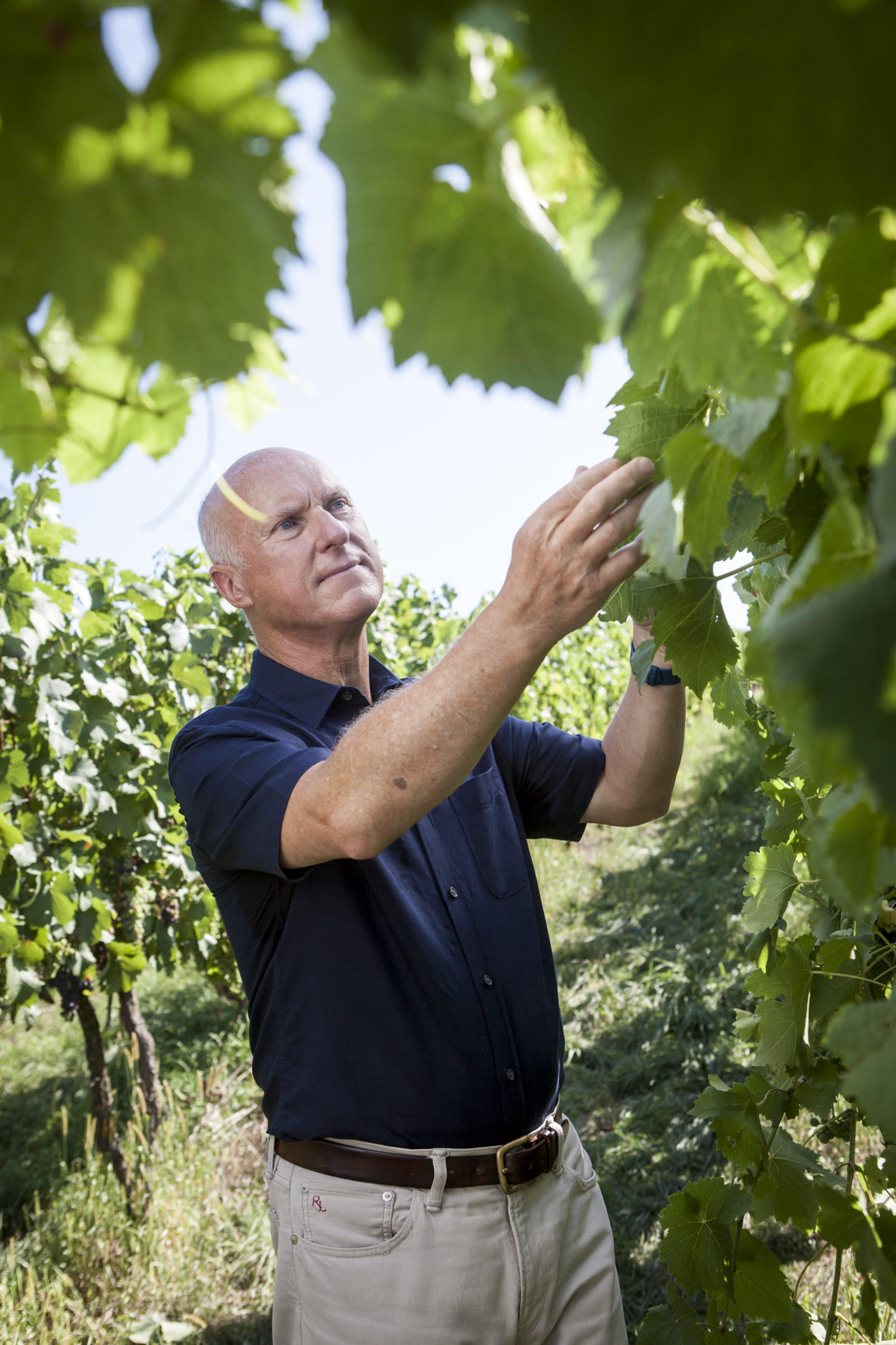
In pursuit of fresh perspectives, Drinks magazine sought the insights of Richard Bampfield, a respected Master of Wine who recently joined as a judge for the WTA campaign for 2024-2025 and shared his thoughts on the current state of wine communication.
Bampfield acknowledged the formulaic nature of traditional wine writing, often entrenched in the technical language of certifications like WSET, which may not resonate with all consumers. He emphasized the importance of evolving this language to make it more accessible and relatable: “Communication with wine professionals is easy and straightforward – there is always some formula, often based on training such as WSET. You talk about dryness, acidity, sweetness, and flavors.. so there is a formula there.
And yes, that is helpful in terms of creating a common language for professionals, but it does not mean that this is the type of language that is appropriate when talking to consumers. In fact, I would say quite the opposite. The language we use with the average consumer should, I believe, be less formulaic, less technical, more spontaneous, more conversational and framed in more everyday terms. Ultimately, it should inspire the purchase of a bottle of wine – and trigger a feeling of joy in drinking it!
Bampfield also noted the shift in who is communicating about wine, observing that many of the current communicators in the market may not have traditional wine industry backgrounds or formal training. He sees this as a positive development, suggesting that their reactions to wine might more closely mirror those of the typical consumer: “Many of the communicators on wine that I currently see on the market differ from those who were there even three to four years ago. They may not necessarily have a wine industry background or have taken the WSET exams – and this is not necessarily a bad thing. In many ways, you could argue that they are reacting to a wine in the same way as the consumer who is buying the wine would react to it. So, it is not surprising they use language that the consumer can understand and, perhaps, expects. I don’t think there is anything wrong with that as long as what they say is accurate and helpful. Also honest – in some cases, the influencer may be paid by the retailer or producer who has offered the wine, so it is important that this is acknowledged if so. Ultimately, if this sort of wine communication helps the public and the consumer truly explore the world of wine and to take joy in their discoveries and the sharing of them, it is beneficial and advantageous for the entire industry“.
These insights collectively suggest a transformative path for wine journalism – one that embraces a wider array of narratives and communicative styles, fostering a more vibrant, inclusive, and dynamic engagement with the world of wine. By incorporating these varied voices and perspectives, wine journalism can better serve its readership, fulfilling its role not just as a guide but as a gateway to the rich, diverse experiences that wine has to offer.
Stay connected with Wine Travel Awards:






